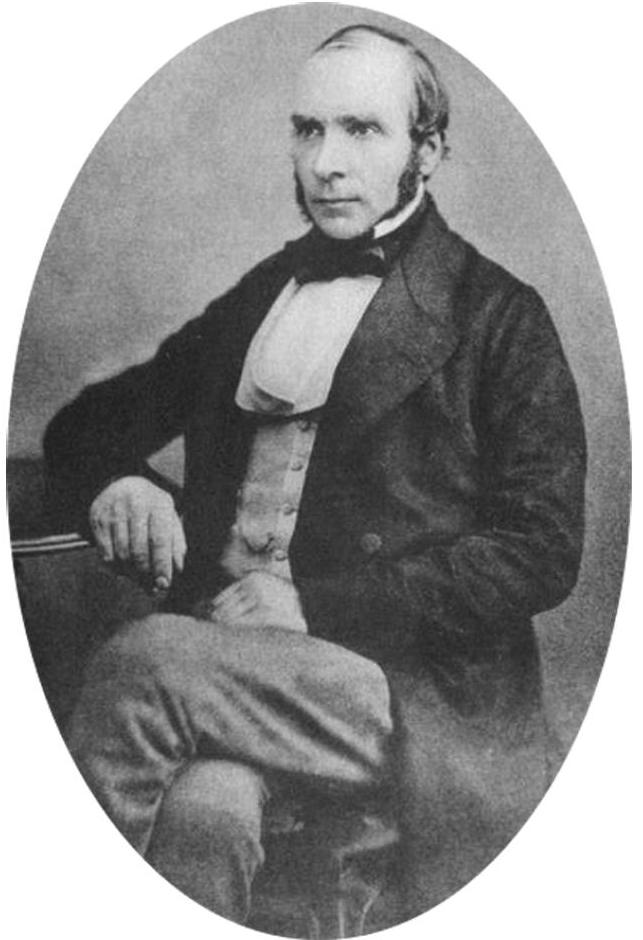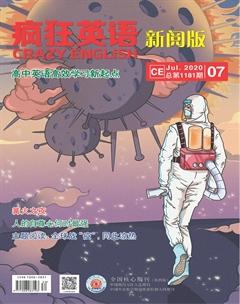约翰·斯诺击败“霍乱王”


John Snow defeats “King Cholera”
约翰·斯诺(1813—1858),英国麻醉学家、流行病学家,被认为是麻醉医学和公共卫生医学的开拓者。他率先提出预防霍乱的措施,也因对1854年伦敦西部西敏市苏活区霍乱爆发的研究被认为是流行病学研究的先驱。
难词探意
1. miasma /mi??zm?/ n. 污浊难闻的空气
2. treatise /?tri?t?s/ n. (专题) 论文
3. agglomeration /??ɡl?m??re??n/ n. (杂乱聚集的) 团;块;堆
4. epidemiology /?ep??di?mi??l?d?i/ n. 流行病学
Born on March 15, 1813, in York, the United Kingdom, John Snow was the son of William and Frances Snow. His father worked as a labourer at a local coal yard before becoming a farmer in a small village to the north of York.
Growing up in one of the poorest neighbourhoods of the city, he witnessed unsanitary conditions and contamination in his hometown. Most of the streets were unclean, and the rivers had become polluted.
After graduating from the University of London, John Snow established his surgical and general practice at 54 Frith Street in Soho.
Throughout his career, Snow remained a critic of the miasma theory, which proposed that the cause of diseases like cholera was pollution or a noxious form of “bad air”.
At that time, the germ theory of disease had not been established, so Snow had no idea about how these diseases spread. In his 1849 essay On the Mode of Communication of Cholera, he dismissed the theory of bad air.
In 1855, he put out a more comprehensive treatise, in which he discussed his findings on how contaminated water supply was responsible for the Soho epidemic of 1854.
Aided by Reverend Henry Whitehead, he spoke to various local residents and realised that the outbreak originated from a public water pump on Broad Street (now Broadwick Street).
While the chemical and microscope tests he conducted on a water sample from the pump did not provide a conclusive answer, his research on the pattern of the disease prompted the local council to disable the pump by taking out its handle or force rod.
Using a dot map, he demonstrated the agglomeration of cholera cases around the pump. He made use of statistics to showcase the link between the quality of the water source and cholera cases.
He proved that the Southwark and Vauxhall Waterworks Company sent water from sewage?polluted sections of the Thames to peoples homes. His study is considered as the founding event of the science of epidemiology.
Snow was a lifelong bachelor. He resided at 18 Sackville Street, London, from 1852 to his death in 1858. On June 10, 1858, while he was in his office in London, he had a stroke. He passed away six days later, on June 16, 1858, at the age of 45.
Reading Check
1. What did John Snows father do at last?
A. A teacher. B. A worker. C. A farmer. D. A doctor.
2. Whats John Snows attitude towards the miasma theory?
A. Suspicious. B. Positive. C. Critical. D. Indifferent.
3. At that time, why was Snow not clear how these diseases spread?
A. The germ theory of disease didnt come to exist.
B. He lacked enough experience in fighting diseases.
C. He didnt get support from the local council.
D. Statistics were not very precise.
4. How does the author develop the passage?
A. By giving examples. B. By offering comparisons.
C. By following space order. D. By following time order.
Language Study
Difficult sentence
While the chemical and microscope tests he conducted on a water sample from the pump did not provide a conclusive answer, his research on the pattern of the disease prompted the local council to disable the pump by taking out its handle or force rod.
【翻譯】 ______________________________________________
【点石成金】句中的While引导让步状语从句,he conducted on...the pump是一个省略了that的
限制性定语从句,修饰先行词tests。动词短语prompt...to...意为“促使……”。

